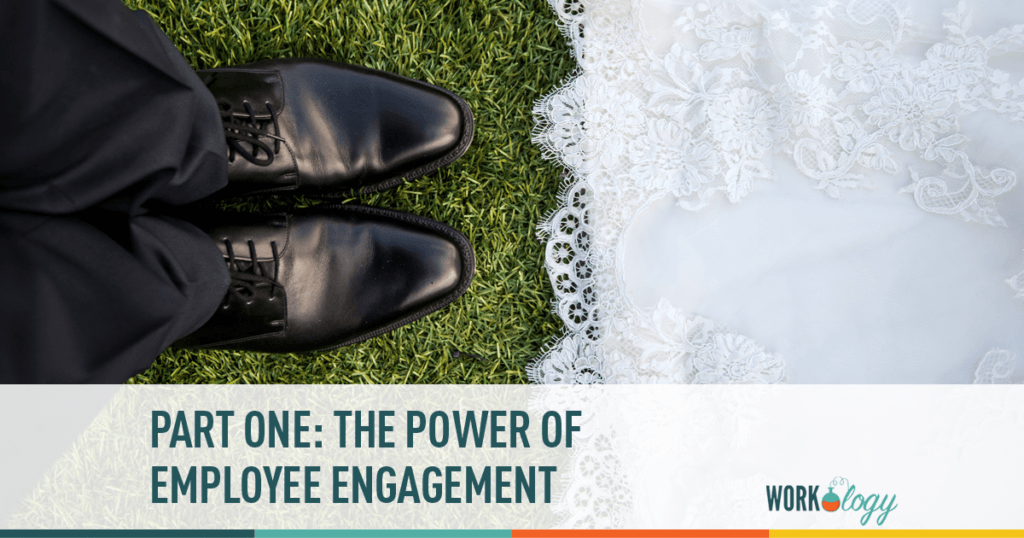In the Gallup 2013 Employee Engagement Report, the findings show that only 29% of employees in the United States are engaged in the workplace, 54% are not engaged, and 18% are actively disengaged. That is a very small percentage of workers that are psychologically committed in aligning with the organizations strategic direction. HR professionals clearly understand that engagement and retention are directly correlated. In order to maintain high retention rates this year, companies must learn how to increase and maintain employee engagement.
An engaged workforce provides companies the power to move into organizational alignment. In turn, allowing them to accomplish strategic goals that propels the company forward leaving their competitors far behind. So, how can a company increase their employee engagement percentages this year? The managers must understand the differences between the 3 types of employees and how to engage the disengaged employees.
The Engaged Employee
This employee is very easy to spot in the workplace, as they are highly passionate individuals that consistently deliver results and continue going the extra mile to achieve the companies strategic goals. They are the ones that will drive innovation and propel your company to the leader within the industry.
Actively Disengaged Employee
This is the toxic employee that will sabotage every effort the engaged employee continues to make in order to reach the end goal of every project. They are very unhappy in their current role and this employee will monopolize everyone’s time and energy in order to derail them from achieving deadlines.
The Disengaged Employee
This is the “checked out” employee that is the hidden treasure within the organization for increasing employee engagement and retention rates this year. It will take a little help from management in order to shine the spotlight on these individuals and coach each one to motivate them into an engaged status. They are the zombies within the organization, coming in daily with little motivation, thinking about the next break, and completing tasks at a snail’s pace.
The old saying that you are only as strong as your weakest link is highly applicable when a company is really wanting to focus on moving their disengaged employees back into the engaged status. In order to achieve the status of industry leader, the following must be implemented within the management ranks of the organization.
First: Align the 3 Dimensions of Employee Engagement
#1 Rational – Employee understands clearly their roles and responsibilities
#2 Emotional – Employee attitude must be solid with the passion and energy to do the work
#3 Motivational – Employee 150% investment in a willingness to do whatever it takes to drive results
Second: Managers Increase Employee Engagement by Partnering with Employees on 3 Objectives
#1 Relational Conversations – Employees are motivated by managers they trust to provide a no bullshit expectation on daily goals and objectives. A manager needs to provide candid feedback in a respectful tone in order to reengage the disengaged employee.
#2 Targeted Goals – The manager must focus on relaying top priorities and clearly defining individual goals and objectives. Clarifying individual objectives clears the ambiguity and provides the employee with the why of their role within the bigger picture of the companies strategic objectives.
#3 Ownership – The self-fulfilling prophecy plays a key role with reengaging employees. An employee who trust the managers to look after their best interests will be highly motivated to look after the companies best interests. Leaders must own their part in the process, managers must own their part in the process, and employees must own their part in the process.
Please come back July 31st to hear more about the methods for reengaging employees in order to be an aligned organization increasing the bottom line year after year.









